- Home
- slideshows
- miscellaneous
- Boeing's enormous new flagship plane, the 777X, just flew for the first time - take a look at the aircraft Boeing hopes will be its redemption
Boeing's enormous new flagship plane, the 777X, just flew for the first time - take a look at the aircraft Boeing hopes will be its redemption
Boeing's 777 became popular in the mid-90s as the next step up from its 767. Large twin-engine aircraft were gaining popularity due to their efficiency and changing attitudes toward their safety.

Fast-forward to more recent days: Boeing looked back to its famous 777 to see if it could be improved using technology from its latest widebody, the smaller 787 Dreamliner.
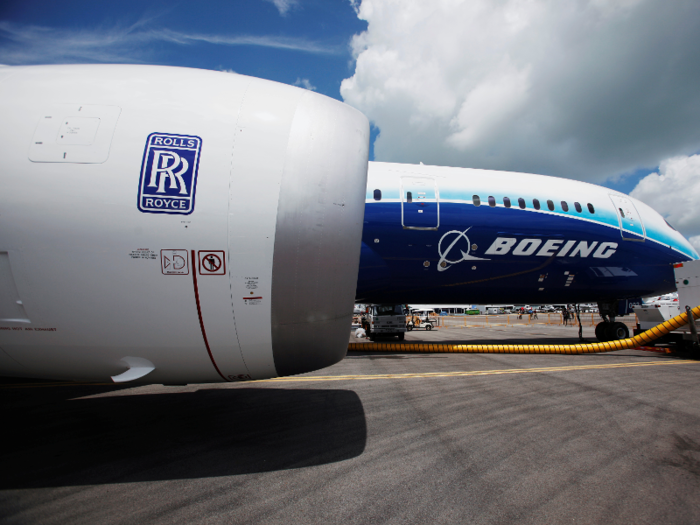
Source: Boeing
And so, the 777X was born.
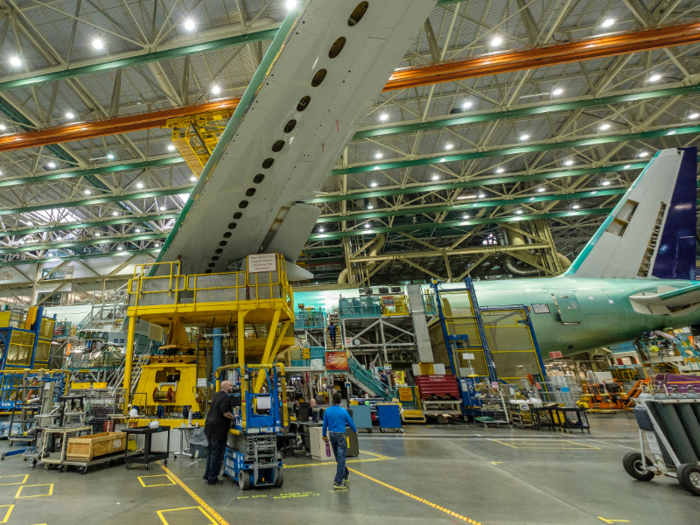
Just like the aircraft that came before it, Boeing would create two variants, the -8 and -9.
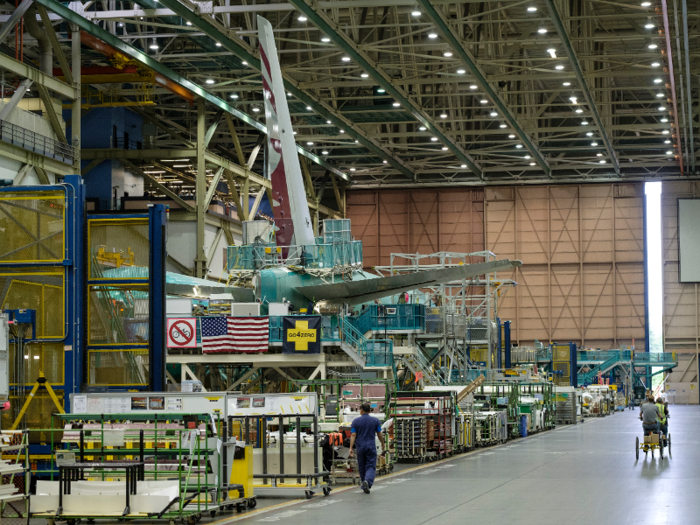
The -9 aircraft would be the first to be manufactured, with production beginning in October 2017.
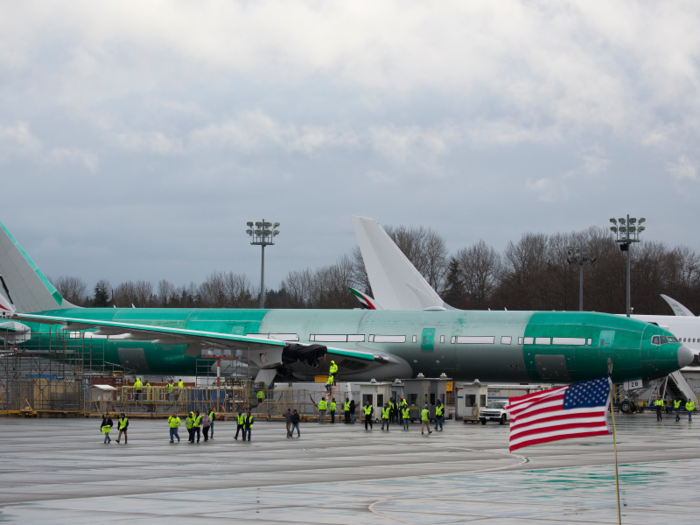
Source: Boeing
At 251 feet and 9 inches in the length, the aircraft would be the largest twin-engine aircraft to roam the skies.
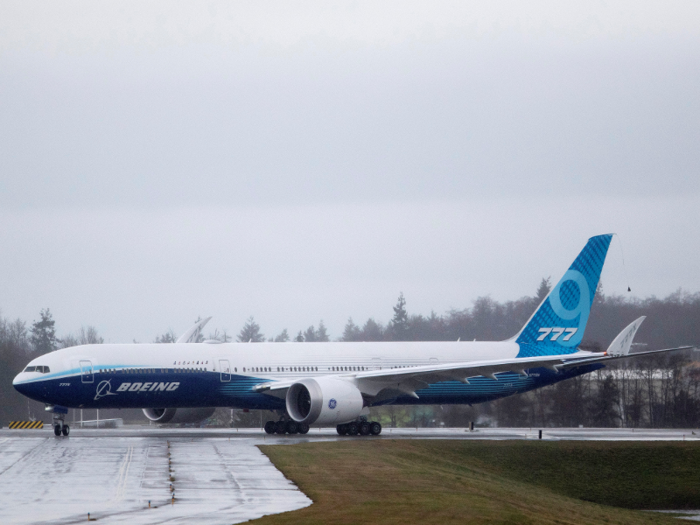
Source: Boeing
Its wingspan is almost as wide as the aircraft is long — wingtip to wingtip it spans 212 feet and 8 inches.
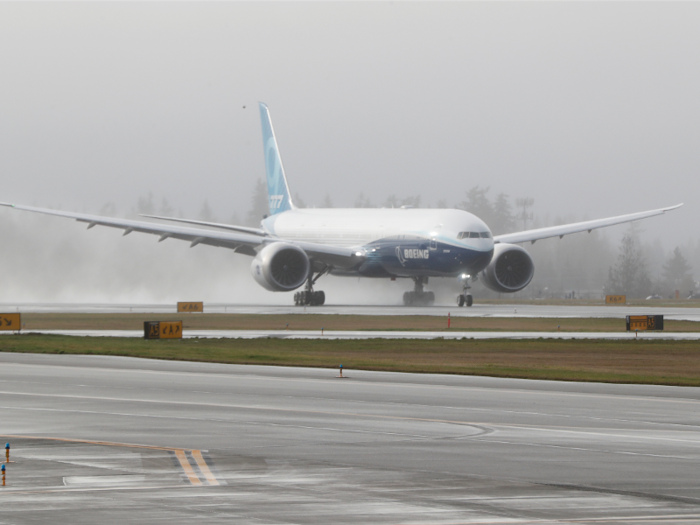
Source: Boeing
The aircraft has two different wingspan lengths thanks to a unique feature of the aircraft: the wingtips extend flat before takeoff to improve fuel efficiency.
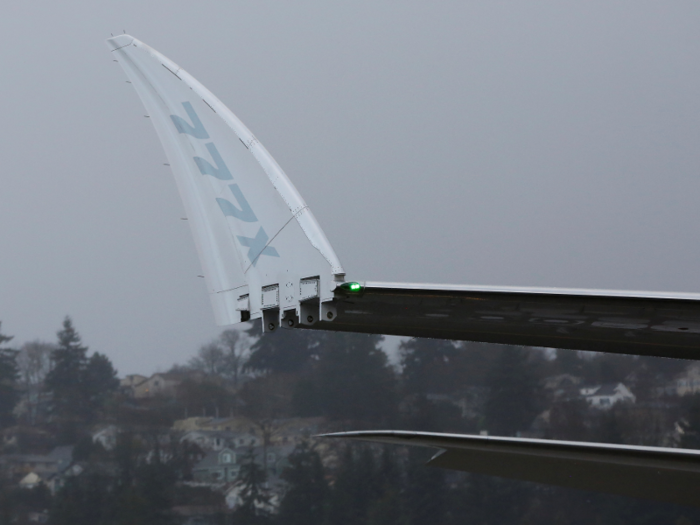
Pilots activate the function via a switch in the cockpit and retract them right after landing to avoid hitting anything on the ground.
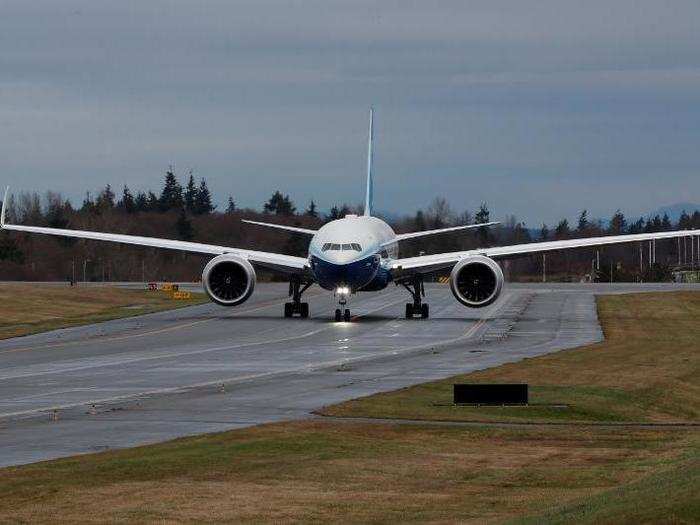
The wingspan with the extended wingtips is 235 feet, nearly enough to fit two Boeing 757 aircraft back to back.
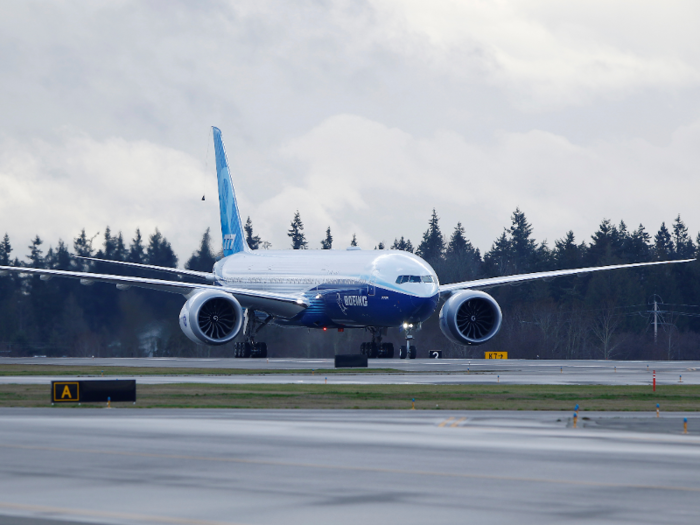
Source: Boeing
While the range of the new -9 and the last generation 777-300ER are comparable, the draw to the new aircraft is its efficiency and extra carrying capacity.
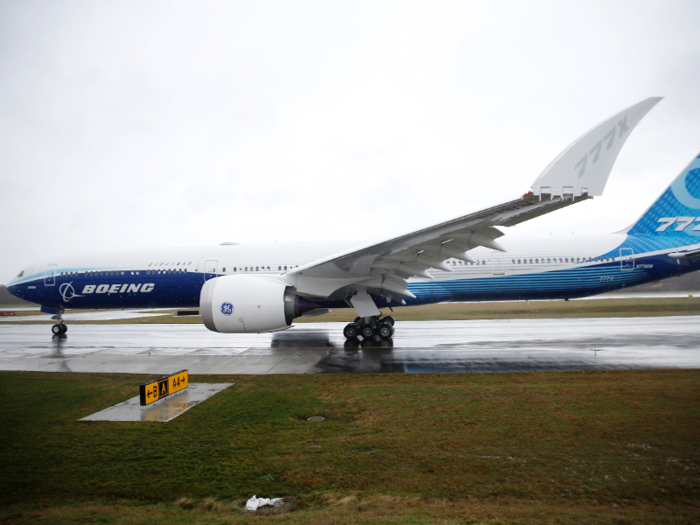
Source: Boeing
The aircraft's increased efficiency and similar range to its predecessors despite the additional load are made possible thanks to General Electric Aviation's GE9X engines.
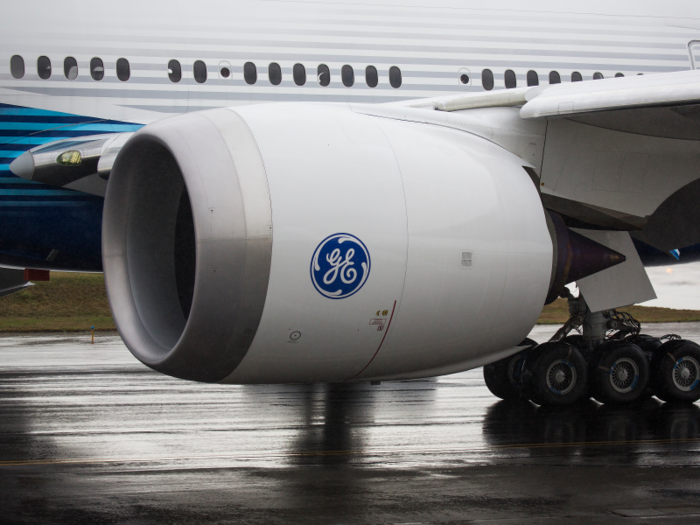
Source: Boeing
The huge engines are large enough for a Boeing 737 fuselage to fit inside.
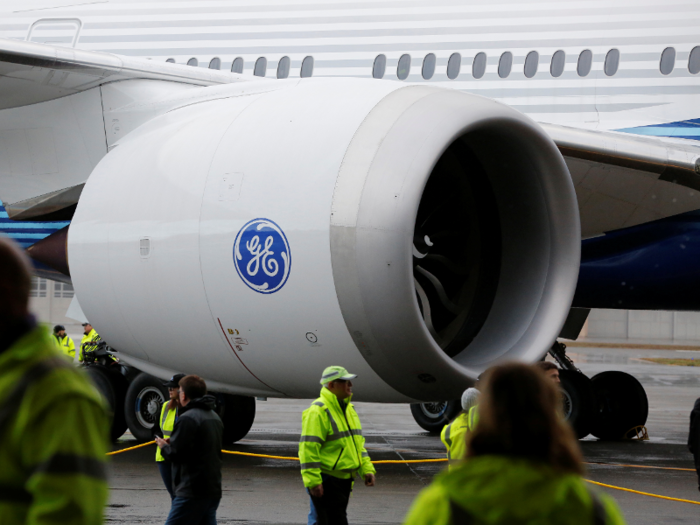
The fuel-efficient measures of the aircraft lead Boeing to boast that it will offer 10 percent less fuel burn, emissions, and operating costs.
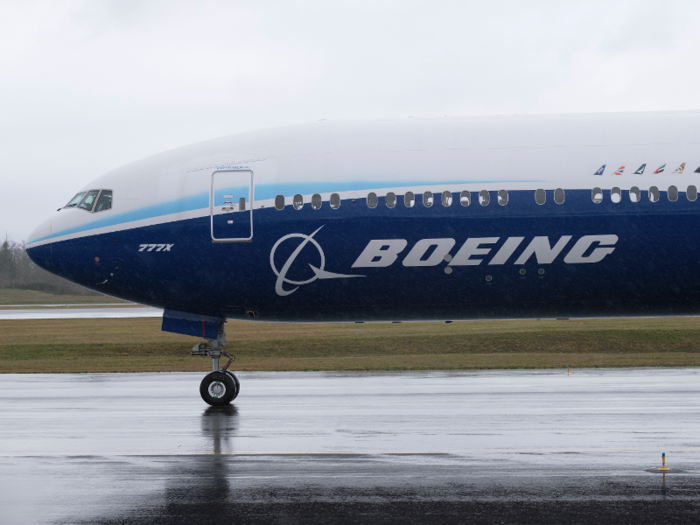
Source: Boeing
Boeing also estimates that the -9 can carry 426 passengers in a two-cabin configuration, 30 more than the -300ER.
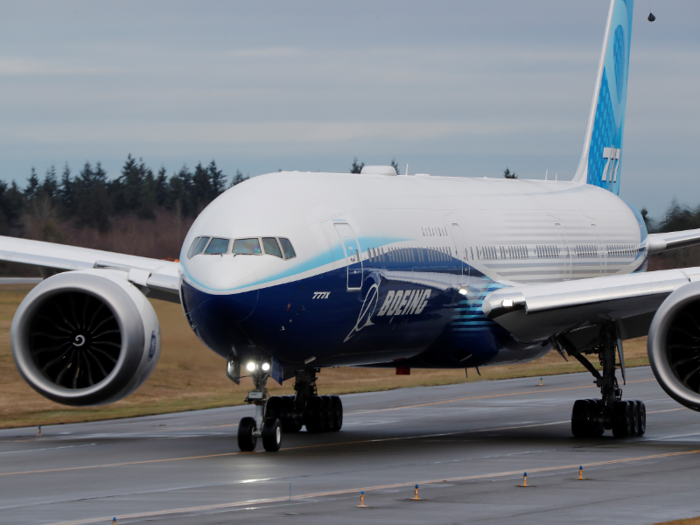
Source: Boeing
Passengers can look forward to larger windows, more natural light, quieter engines, and a more spacious cabin.
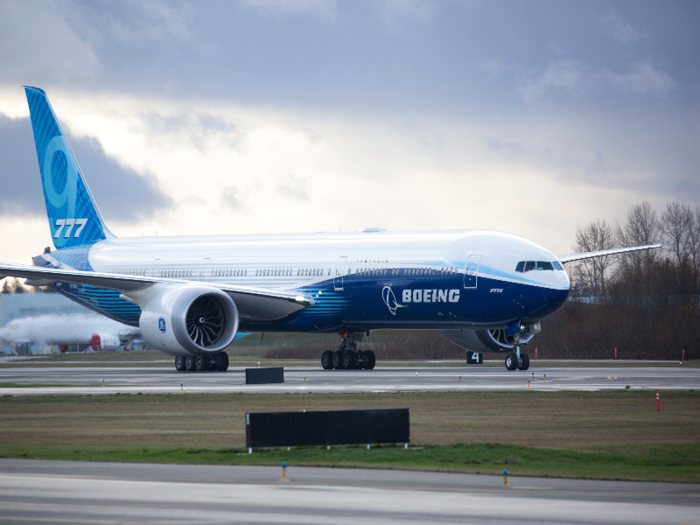
Source: Boeing
Its first flight was scheduled for January 24, 2020, three years after production began. That flight was scrapped, however, due to bad weather in the area.
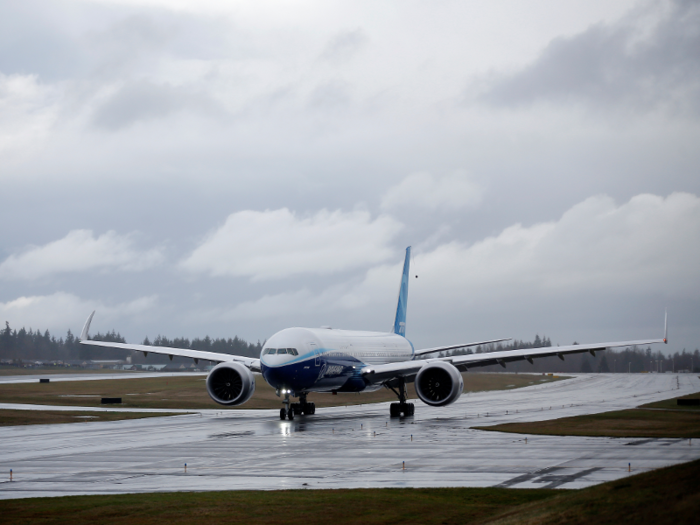
The next day, with the sun shining, the aircraft successfully departed from Paine Field north of Seattle and away from the grounded Max aircraft at Boeing Field.
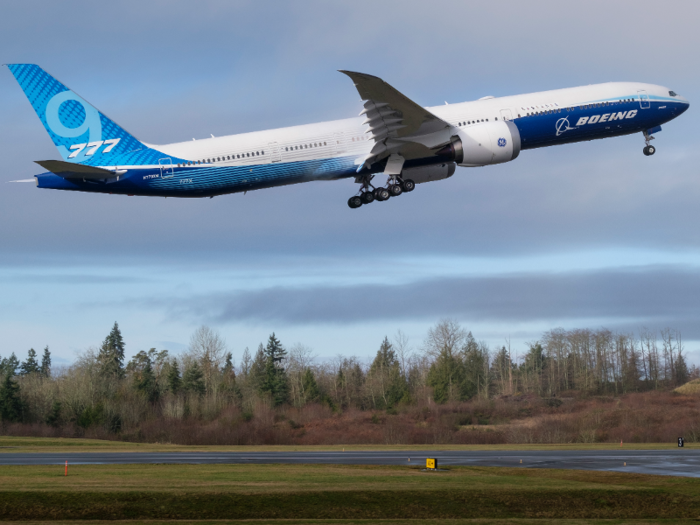
A monumental day for Boeing, the aircraft performed routine tests before heading back to Seattle.
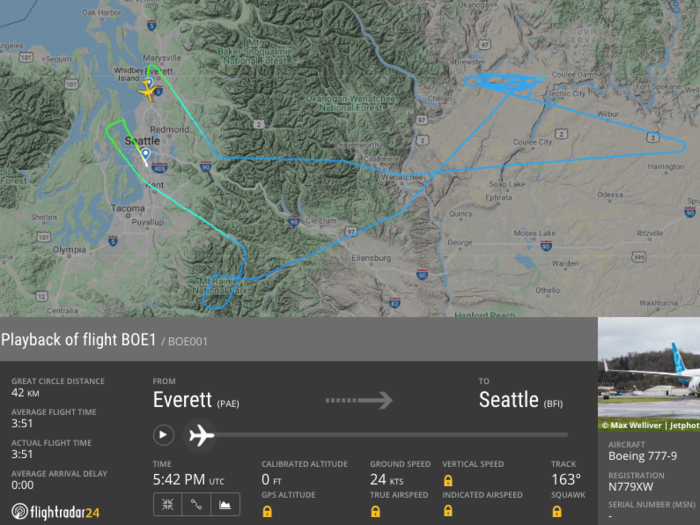
Source: FlightRadar24
But not before stopping for a photo with Mt. Rainer, a Boeing staple.
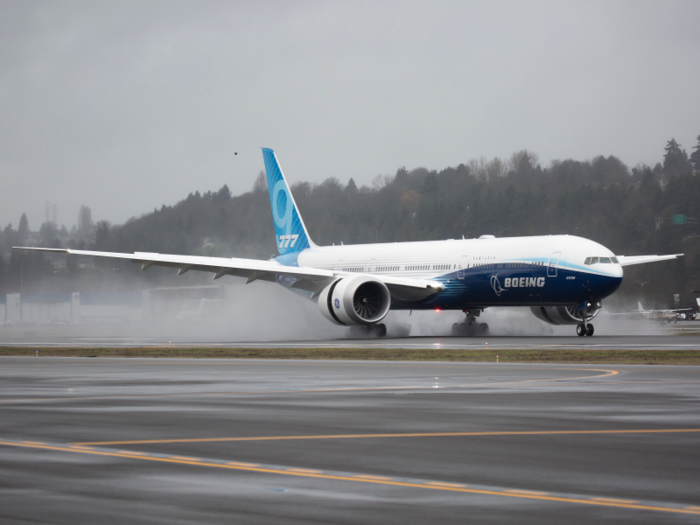
The aircraft will continue test flights until it receives certification from the world's aviation regulatory agencies.
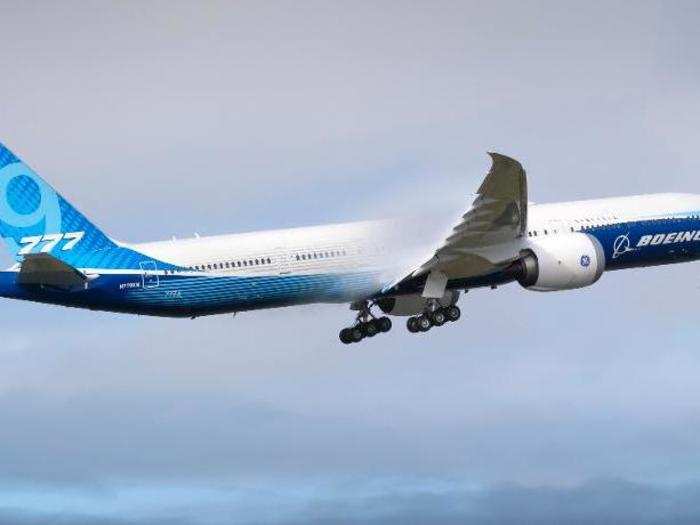
When it does receive it, deliveries can begin to customers, with Emirates Airlines first on the list.
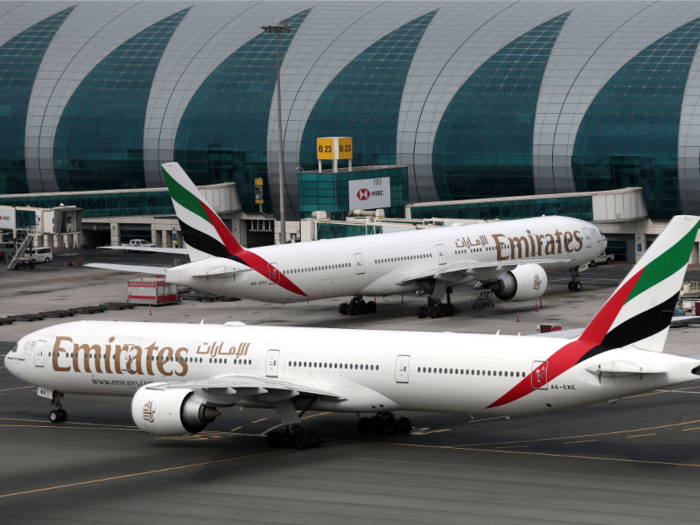
Source: Forbes
Seven other airlines have the aircraft on order including Lufthansa, Singapore Airlines, Qatar Airways, British Airways, All Nippon Airways, Etihad Airways, and Cathay Pacific.

Source: Boeing
As is Boeing's custom, painted on the side of the fuselage of the test plane is the tails of each airline that has an order in for the plane.

The cost per plane stands at $442.2 million, but some airlines receive discounts for buying in bulk.
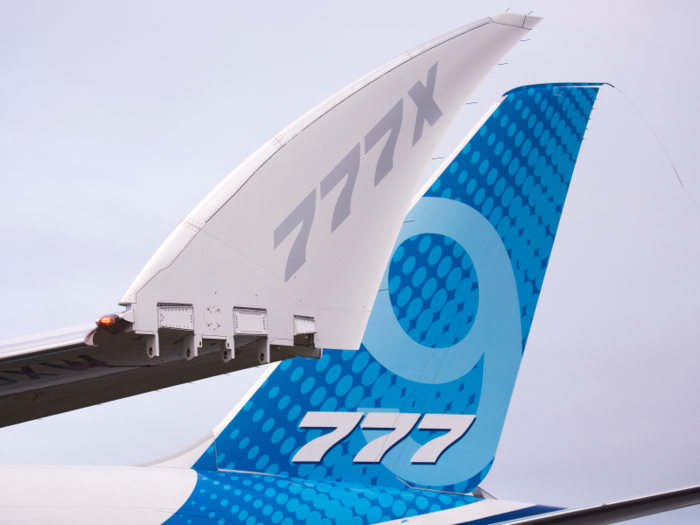
Source: Boeing
For the majority of the airlines in the list, an Airbus aircraft serves as the flagship, though the 777X will likely take that spot.
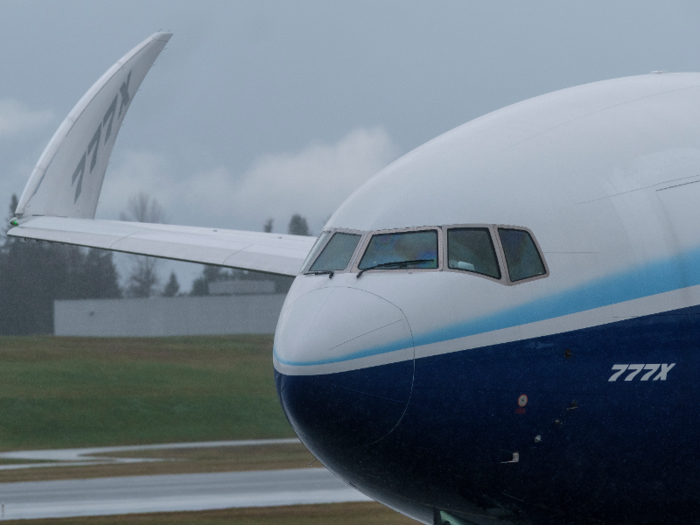
The first passenger flight for the aircraft is tentatively scheduled for 2021.
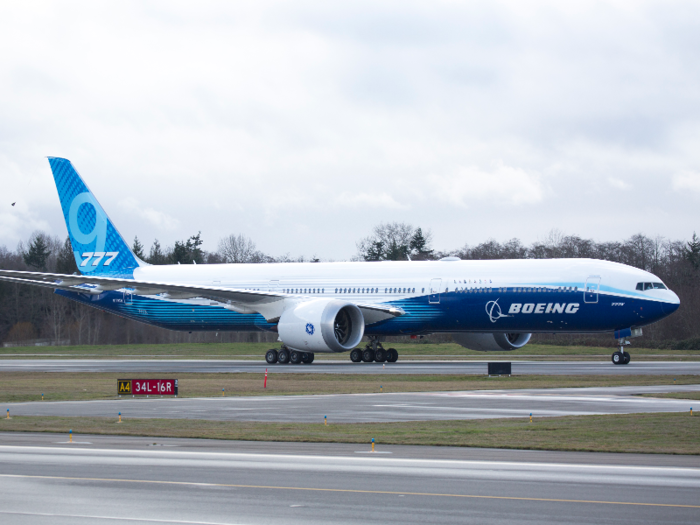
Until then, Boeing can revel in its accomplishment as its the first step towards redemption for the troubled manufacturer.
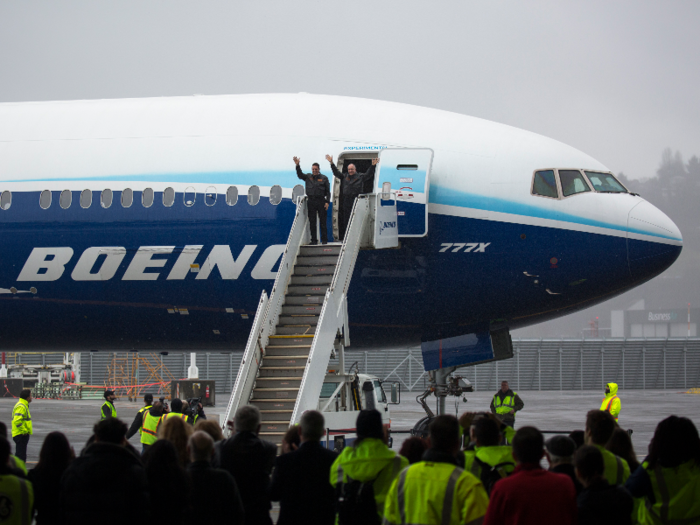
Popular Right Now
Popular Keywords
Advertisement